Kindai University researchers say rabbitfish can thrive in a form of ‘circular aquaculture’
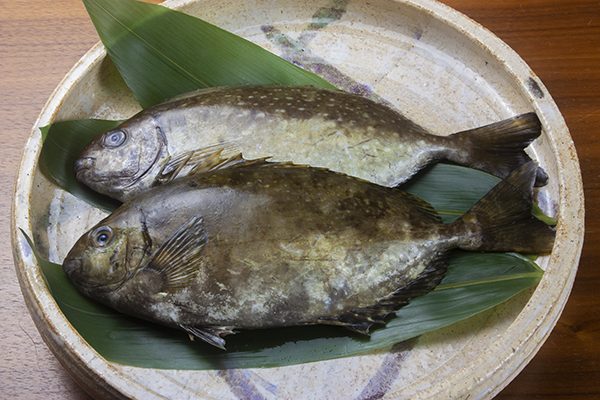
Food waste is a significant environmental challenge, with an estimated 1.3 billion metric tons (MT) of food wasted each year globally, roughly one-third of the global supply.
Accordingly, exploring options to mitigate the detrimental impacts of such food waste is becoming increasingly necessary, and researchers in Japan, where about 8 million MT of food are wasted annually, say that aquaculture could provide a solution to food waste.
Professor Yoshifumi Sawada and his team at the Aquaculture Research Institute of Kindai University are developing full-cycle technology to breed rabbitfish (Siganus fuscescens), which tends to be discarded by capture fisheries due to its poisonous spines and an unpleasant smell emanating from the intestines.
However, the species is herbivorous and Sawada and his team believe that there may be potential in culturing it by feeding it vegetable waste such as cabbage, lettuce, broccoli, carrot and cucumber, as well as herbs such as basil and perilla. They are collaborating with local grocery stores, traders and farmers to collect waste vegetables as feed.
“We hope that this will result in a form of circular aquaculture that connects land and sea, urban and rural areas, and reduces food waste,” Sawada told the Advocate. “We can also contribute to areas such as education in food production and waste prevention and help increase the variety of fish that is available to consumers. If we are successful, we could also work with other countries to breed herbivorous fish. We would, therefore, make our technology open source and are aiming to work with others in a crowdsourcing approach.”
After being caught using set nets, rabbitfish juveniles are reared in land-based tanks with a flow-through system. Sea water is filtered and oxygen supplied, while the fish are fed twice a day during the warm season (at low temperatures in winter they lose their appetite and are fed once every other day). With no signs of malnutrition observed during the seven-month rearing period, it appears that waste vegetables meet the nutritional requirements of rabbitfish, but further research is still required. The impact on taste, texture or color is also still unclear.
20,000 lettuces under the sea: Could underwater agriculture be the future of farming?
With rabbitfish already popular in Africa, the Middle East and Southeast Asia, hopes are high that Sawada and his team can establish a new form of aquaculture in Japan and collaborate with various sectors from agriculture, distribution and processing to education and even chefs.
“While working to reduce food waste, we also want to promote fish that have been farmed in an eco-friendly way,” said Sawada. “Chefs can help promote such fish by introducing new cooking methods and dishes, while kindergartens, elementary schools, junior high schools and universities can also play a part by providing certain fish in their canteens.”
To this end, Sawada and his team have formed a group with RelationFish, a company of chefs and managers of restaurants in the Kansai region around the cities of Osaka and Kyoto. Members of the public can participate in regular gatherings that discuss declining fish stocks, the impact of climate change on the ocean, protecting the marine environment and preventing food waste.
Restaurant owner Hideaki Matsuo was one of the first to join forces with Sawada.
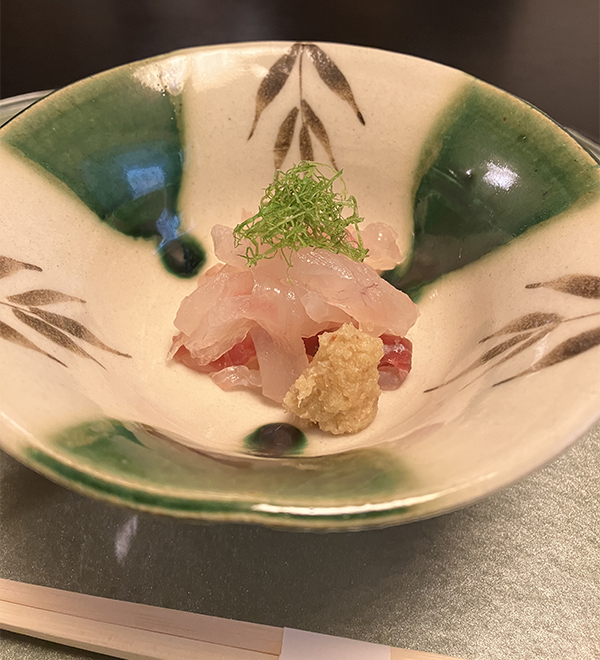
“We are facing a host of issues such as declining marine resources, pollution, climate change, global warming and changes in the fishing season,” he said. “Industries like fisheries and aquaculture cannot tackle these alone. We want to bring people from different fields together to discuss problems that affect us all. We need to understand how they affect us in order to come up with potential solutions.”
Masaharu Shimamura also runs a restaurant in Osaka. He says that rabbitfish have huge potential.
“In Japan, there is a feeling that rabbitfish smell bad, so it isn’t widely distributed,” he said. “Sometimes chefs want to use it, but it’s not available, while fishermen cannot always sell it, so it gets thrown away. This is a vicious circle resulting in unused fish. If farmed rabbitfish becomes more popular and widely available, we’ll be achieving three things – reducing fishmeal and fish oil use, ensuring that waste vegetables aren’t discarded and popularizing a species that, until now, hasn’t attracted much attention.”
Although aquaculture is well-established in Japan, there is still a strong consumer preference for fish from capture fisheries, so another goal of the rabbitfish farming project is to change this mindset. At the group’s gathering in early October 2022, participants were invited to try rabbitfish and learn more about farming the species. If rabbitfish are prepared in the right way by carefully and swiftly removing the organs, its flesh has a unique flavor and texture and can taste delicious.
“We need to change the idea that aquaculture is somehow inferior,” said Matsuo. “Our role is to encourage customers to accept farmed species by giving them a delicious dining experience.”
“During our events, we talk about issues such as changes to the marine environment,” said Shimamura. “We believe that participants can better understand these issues by hearing from chefs who come into contact with seafood on a daily basis. What’s important is to give participants the opportunity to eat something new and enjoy it. Then we want to help them better understand topics like aquaculture and the ocean.”
Like Sawada, Jonah van Beijnen of VB Consultancy in Spain believes that the potential for rabbitfish farming is considerable. Once based in the Philippines for over 10 years, van Beijnen owned a grouper hatchery which, aside from a project at the Bureau of Fisheries and Aquatic Resources (BFAR), was the only hatchery in the country to successfully produce rabbitfish.
Rabbitfish, added van Beijnen, are relatively easy to grow and feed on a variety of freely available feeds, while they are also noted for their low impact on the environment around fish farms and their potential to ensure food security in developing countries like Indonesia, the Philippines and Timor-Leste. With more efforts underway to increase the production of lower impact herbivorous species such as tilapia, pangasius and bivalves, van Beijnen believes that projects like Sawada’s is a path aquaculture should explore further, along with the scaling up of herbivorous species production.
Chefs can help promote such fish by introducing new cooking methods and dishes, while kindergartens, elementary schools, junior high schools and universities can also play a part by providing certain fish in their canteens.
“Investors are usually interested in carnivorous marine finfish and crustaceans such as sea bass, salmon and shrimp,” he said. “These are in high demand, especially among western and Chinese customers, and fetch relatively high prices. But culturing them comes with significant impacts such as the amount of fishmeal that is used as feed. Marine herbivores like rabbitfish, by contrast, feed low in the food chain on filamentous algae, seaweed and seagrass, which are naturally available in brackish water ponds, and they can consume plant-based pelleted feed. They can also be grown in polyculture pond systems with milkfish, mud crab or shrimp due to their non-aggressive nature, while they tolerate changes in salinity and temperature very well.”
In the Philippines, finfish play an important role in people’s diets. Due to the country’s limited freshwater resources and huge coastal marine areas, there has been a big focus on marine herbivores, in particular milkfish. But rabbitfish is now being farmed to diversify the country’s aquaculture. Two of the most commercially interesting candidates, the goldlined spinefoot or golden rabbitfish (Siganus guttatus) and the vermiculated spinefoot or maze rabbitfish (Siganus vermiculatus) have been cultured successfully. In the Philippines, fresh rabbitfish fetch around U.S. $6.20/kg at a farm and $7.20/kg at retail. To improve growth and survival rates, a hybrid between the golden rabbitfish and maze rabbitfish has also been developed by Dr. Westley Rosario at BFAR.
Back in Japan, Sawada hopes that focusing on a new species like rabbitfish will reinvigorate Japan’s aquaculture and address critical issues, even the conservation of seaweed beds.
“These provide food and shelter to hundreds of species, and we can protect them by farming rabbitfish,” he said. “Given the increasing difficulty in obtaining fish from the wild, we can also avoid fishmeal and fish oil, prevent food waste and give a previously unknown species a new lease of life.”
“Rabbitfish has been featured in various media in Japan and more people are showing interest,” said Shimamura. “It’s not yet well-known, but we are continuing to share information. One of our next tasks with Kindai is research into a feed pellet with the physical and functional properties that work in commercial fish farming.”
Follow the Advocate on Twitter @GSA_Advocate
Now that you've reached the end of the article ...
… please consider supporting GSA’s mission to advance responsible seafood practices through education, advocacy and third-party assurances. The Advocate aims to document the evolution of responsible seafood practices and share the expansive knowledge of our vast network of contributors.
By becoming a Global Seafood Alliance member, you’re ensuring that all of the pre-competitive work we do through member benefits, resources and events can continue. Individual membership costs just $50 a year.
Not a GSA member? Join us.
Author
-

Bonnie Waycott
Tagged With
Related Posts
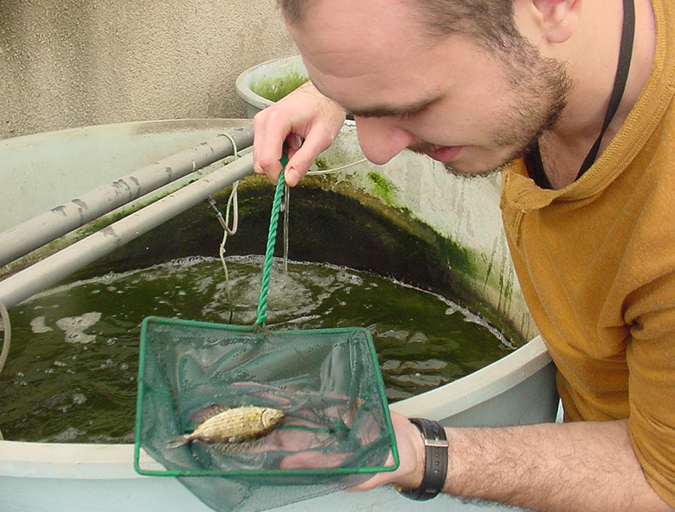
Aquafeeds
Surprising results in rabbitfish diet evaluation
Soybean meal is not a viable option for partial or full fishmeal replacement in a diet for juvenile marbled rabbitfish. Results from a study in Beirut are somewhat surprising, as the herbivorous species is theoretically capable of performing well without animal-sourced protein in feed.
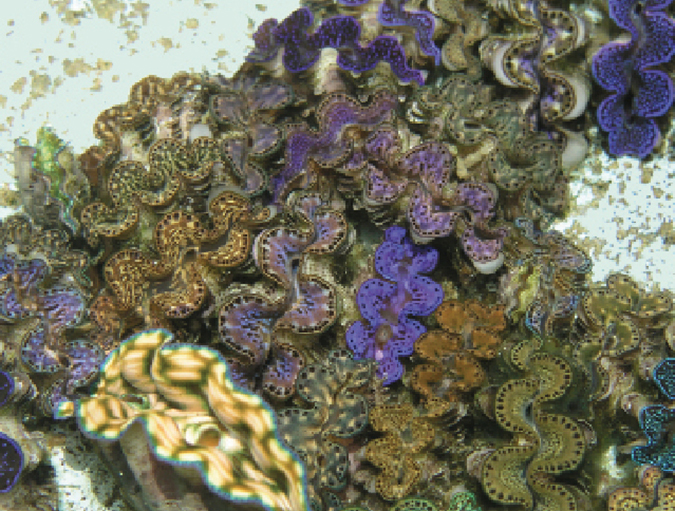
Responsibility
Pacific Islands communities support aquaculture development
Threats from overfishing and climate change highlight the need for alternative methods of local seafood production and economic advancement throughout the Pacific Islands. Ongoing work with giant clams, pearl oysters and crabs helps meet consumer needs and replenish stocks.
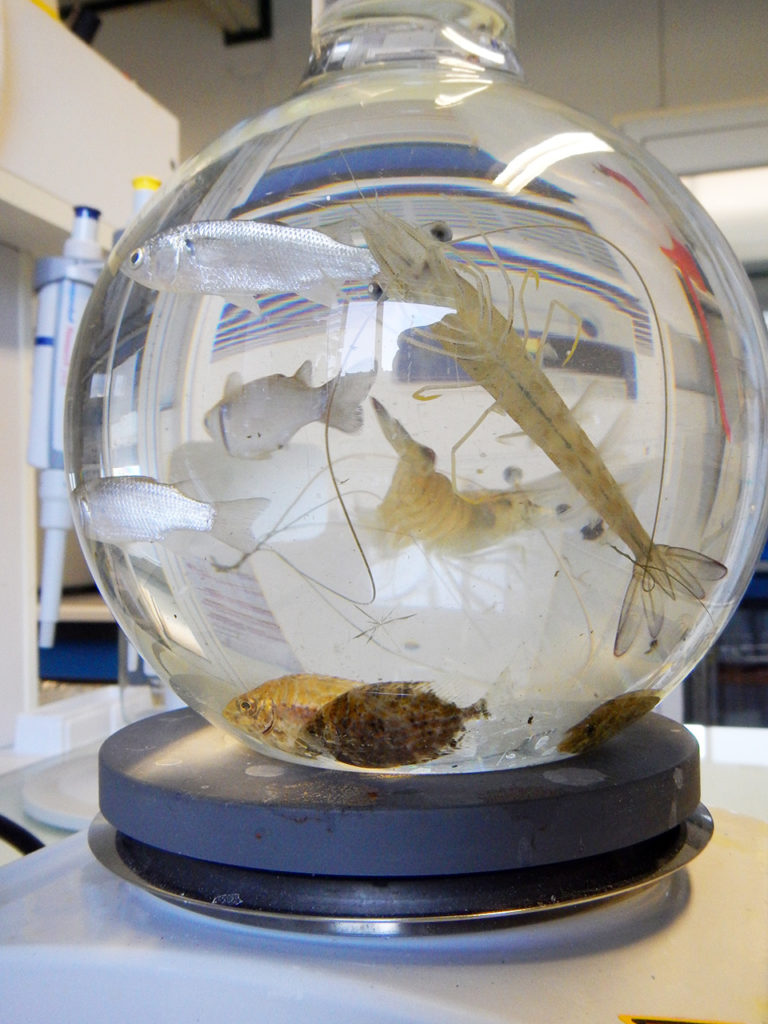
Health & Welfare
Study seeks candidates for blue shrimp polyculture in New Caledonia
Seasonal pathologies reduce the profitability and sustainability of the shrimp-farming industry in New Caledonia. A study was therefore conducted to estimate the effects of polyculture of blue shrimp with goldline rabbitfish or mullet on production performance and environmental quality.
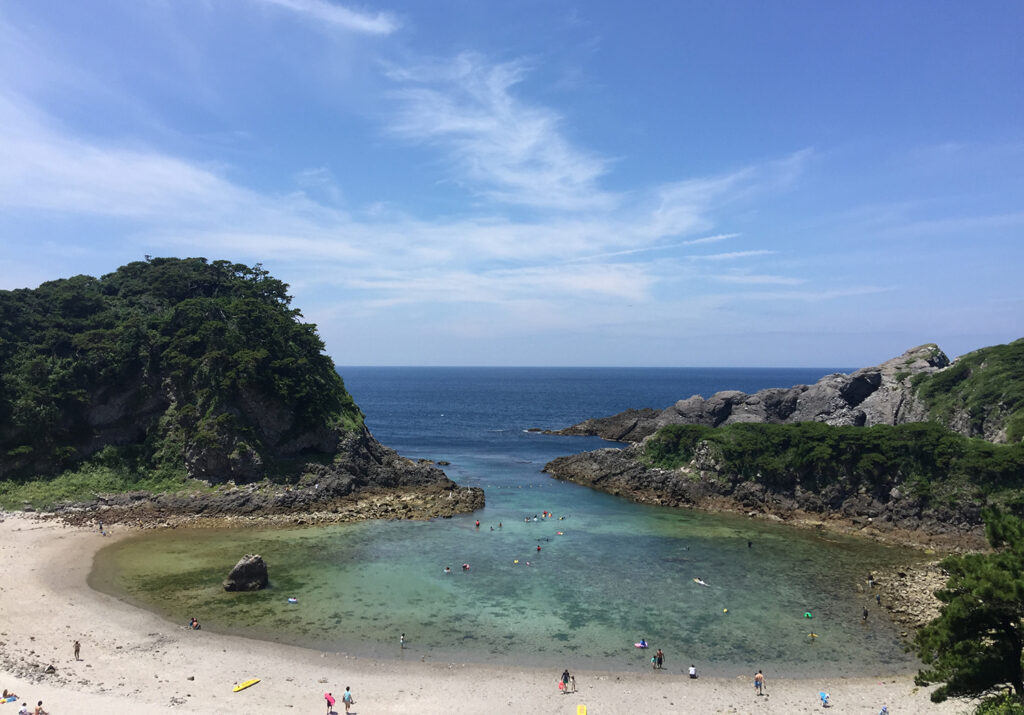
Responsibility
Is a Japanese volcano offering us a sneak preview of ocean acidification?
Shikinejima is a scenic getaway for tourists but the seas surrounding its volcano offer a glimpse of how the ocean could behave in the future.


